5 Factors to Consider before Buying a Used Drone
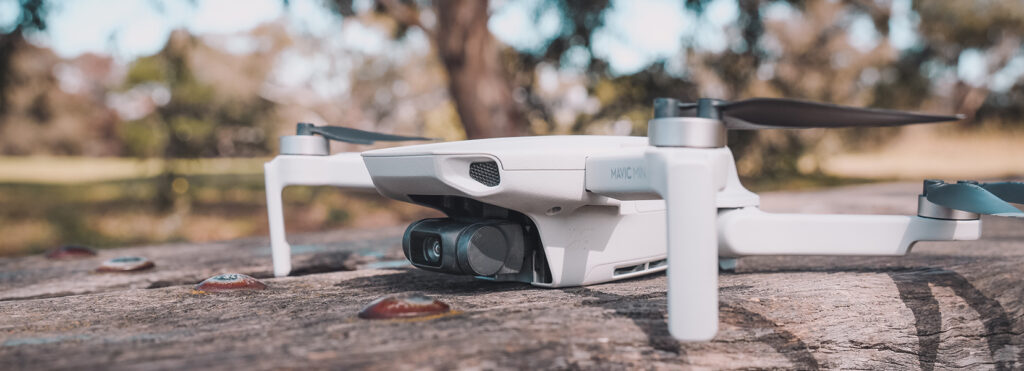
Today, there is a high cost of production, manufacturing complexities, and extensive research and development attached to the flight controllers, drones, gimbals, motors, high-resolution cameras, and sensors. In fact, these advanced tools are available at a massive price point.
This, in turn, propels market players to opt for a used drone rather than buy a new one. In fact, it has become the most practical and cost-effect way to become a videographer or aerial photographer or provide other drone services in Canada.
Now, before you decide to buy a used drone, here are some of the main considerations you should take into account:
Check Gimbal Startup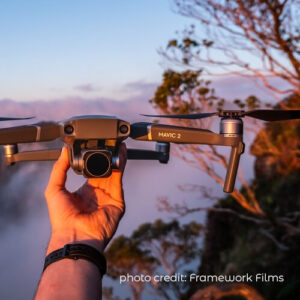
Once you turn on the drone, make sure the gimbal of the camera upon startup runs in a sequential manner and moves into corners perfectly. The startup gimbal setup should be smooth with automated motion. On the flip side, if the gimbal movement is sloppy, take into account that the gimbal may be damaged.
Conduct Visual inspection
One of the first factors you should consider before buying a used drone is to conduct a thorough visual inspection. Inspect the motors, propellers, controller, and body of the drone and make sure there are no dents, scrapes, dents, or collision marks.
Sure, you can overlook small imperfections but don’t make the mistake of buying a used drone that has major wear and tear. Fundamentally, make sure any minor issue of the used drone hasn’t had an impact on its core functionalities. You should also inspect the onboard camera lens and make sure there are no scratches.
 Check the Charge Cycle of the Battery
Check the Charge Cycle of the Battery
After extended use, the batteries of a drone swell up and often dislodge in the middle of a flight and lead to complete power failure. So, during power on, make sure to check the current battery status within the flight controller and find out the left charge cycles.
In the worst scenario, if the batteries of the drone are not cared for, it is better to avoid buying that used drone. Also, make sure to test out the features of the smart controller and calibrate the joysticks of the used drone at the same time.
Review Video Settings and Test Photo
In order to check the responsiveness of the drone, change the zoom lens, ISO, shutter, white balance, aperture, and other technical video settings. You should also take a photo test along with the video test. Get access to the drone playback display and make sure the quality of the drone recordings is up to your standards.
Try to Inspect All Parts of the Drone
Of course, start by making sure the available miles of the used drone through flight logs. And then move on to inspect different components of the used drone. For instance, carefully assess the body of the drone and look for stress and distortion signs.
At the same time, make sure there are no visible cracks on the used drone. And in each part, make sure the drone has not been misused. Remember that even a minor weight imbalance in the drone can lead to a serious deterioration in no time. So, make sure whether or not the screws of the used drone are tight and do not have a shaky frame.
Final Thoughts
For most people that have a flexible budget, buying a new drone would make perfect sense. Still, if you intend to start a new drone business or want to purchase a chunk of used equipment, then the most cost-effective option would be to get a used drone. In retrospect, if you want to ensure the success of your business or personal photography or videography ambition right from the start, then you will have to cut back on costs.

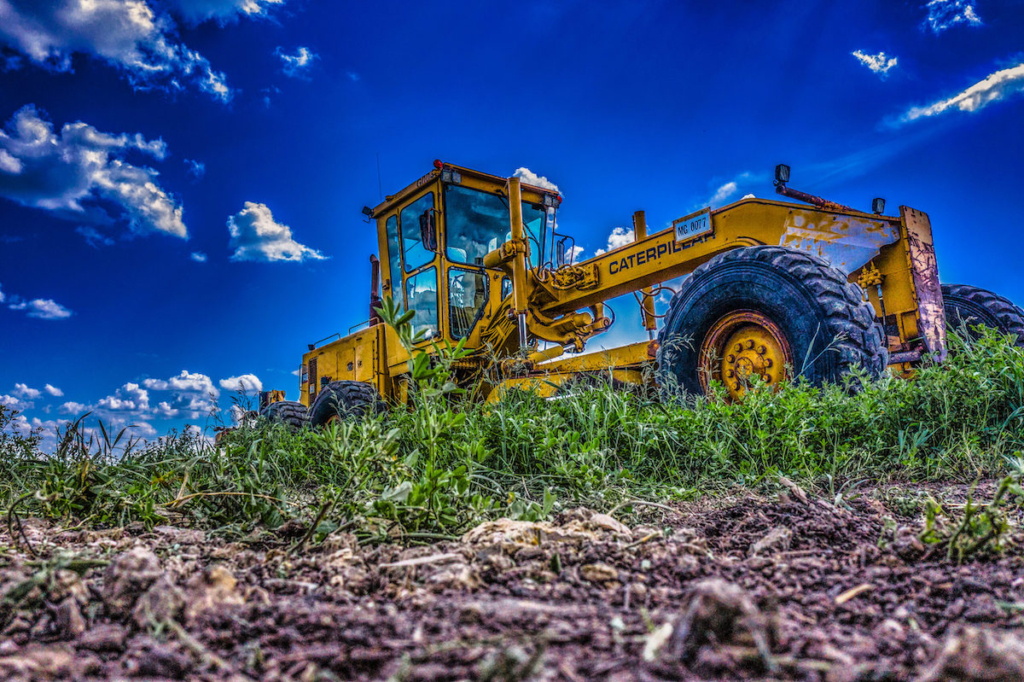
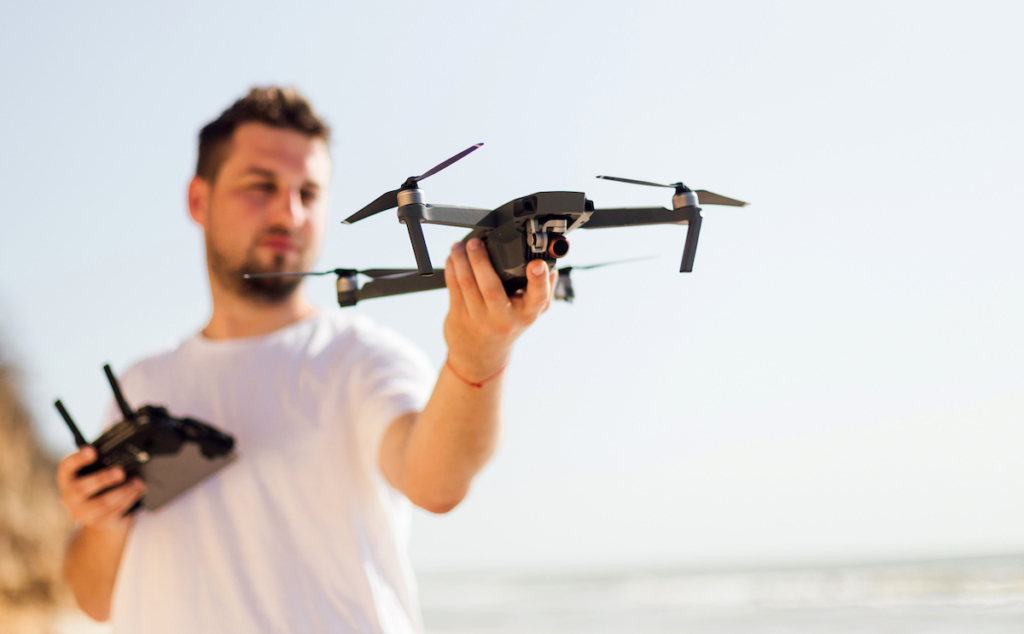
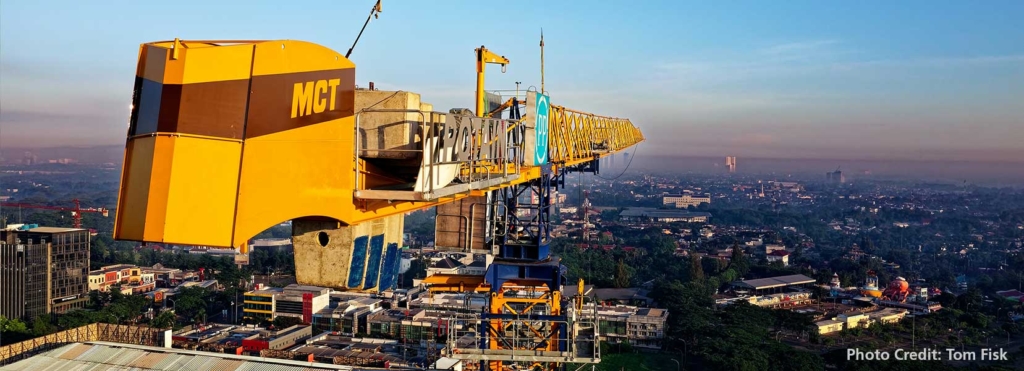
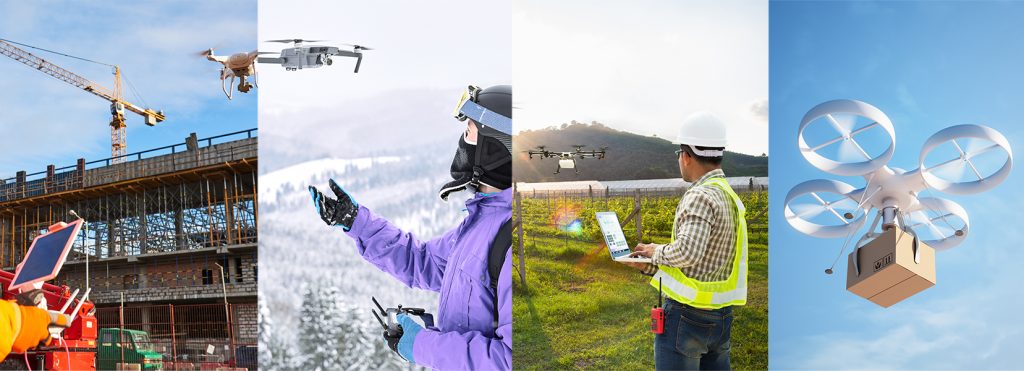
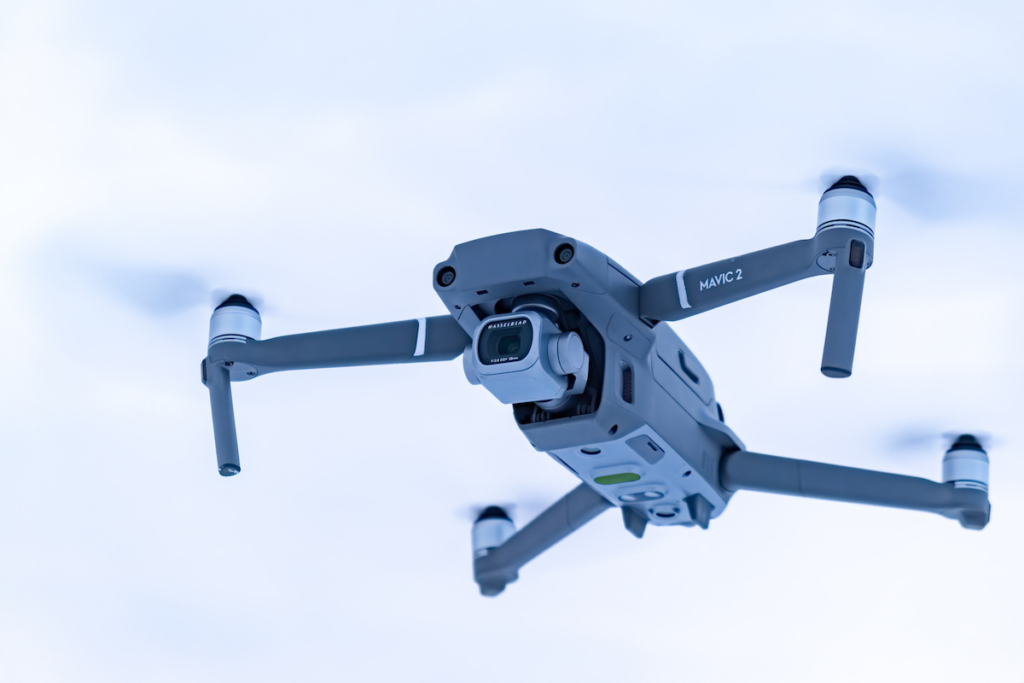
Responses